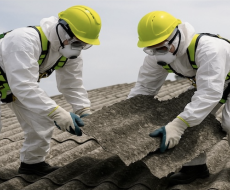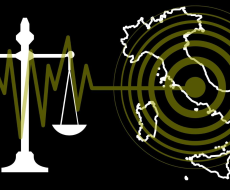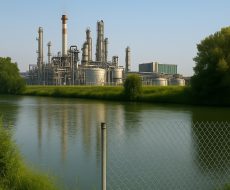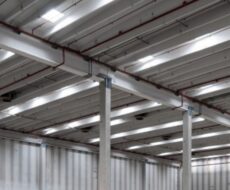
October 23, 2023
Raising of warehouses: regulations, certifications and seismic safety.
In the current construction landscape, seismic safety has emerged as a priority, especially for companies that own warehouses.
Raising levels, which consists of adding one or more floors to an existing building, are significant interventions.
These profoundly change the seismic response of the building and therefore, it is essential to follow some fundamental steps to guarantee the safety of the building in terms of load capacity and seismic resistance.
This not only ensures the safety of those who use the building, but also protects the real estate investment.
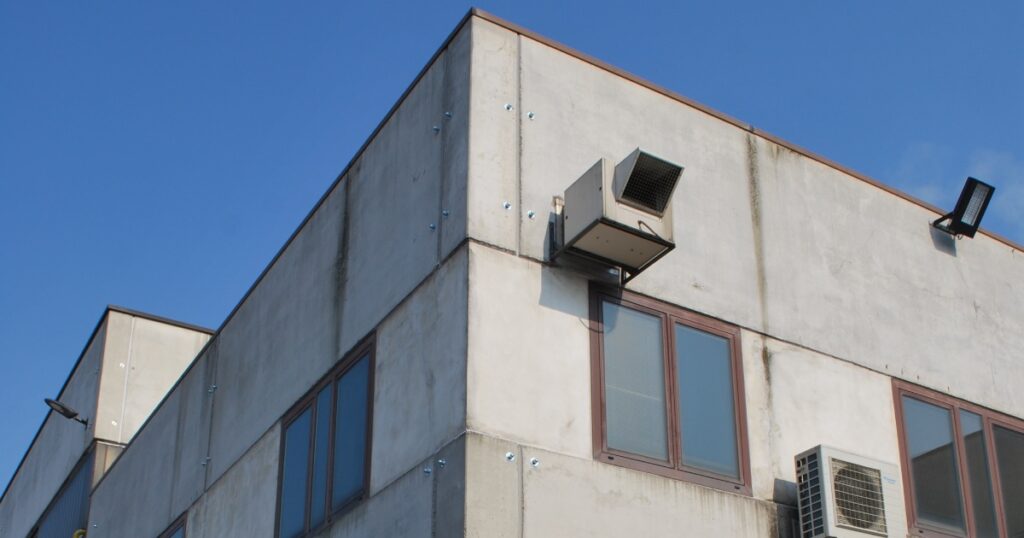
Seismic certification for superelevation
The State Council has clarified that the seismic authorisation to implement a superelevation is permitted only after obtaining a certification from the relevant regional technical office.
Ruling 7151/2019 of 21 October of the State Council stressed the importance of respecting Art.90 of Presidential Decree 380/2001, which concerns building elevations.
This article establishes that, before proceeding with a superelevation, it is essential to obtain a certification that confirms the suitability of the existing structure for the intervention.
This certification must indicate the maximum number of floors that can be added through the superelevation and must certify that the existing structure can withstand the additional load and is particularly relevant for buildings located in seismic zones.
Furthermore, the ruling highlighted the difference between the “seismic verification” and preventive certification required by Presidential Decree 380/2001. While the first is an assessment of the seismic conditions of the building, the second is a confirmation that the building can withstand additional loads. Both are essential before starting any superelevation work.
Essentially, anyone wishing to build a superelevation must:
- Check that the building complies with anti-seismic regulations.
- Obtain certification from the relevant Regional Technical Office.
- Prepare any seismic retrofitting interventions.
If these steps are not followed, any superelevation work may be considered non-compliant and, consequently, may not receive compliance certification in the future.
How can building owners ensure seismic compliance before a superelevation?
Building owners should start with a seismic vulnerability analysis to assess the current state of the structure. This analysis, performed by qualified professionals, will determine whether or not the building complies with current anti-seismic regulations. In case of non-compliance, it will be necessary to carry out seismic retrofitting interventions.
Specialized companies, such as Seriana Edilizia, offer seismic risk analysis services and anti-seismic retrofit solutions, ensuring that buildings are safe and compliant with regulations.
What is the relevance of preventive certification in superelevations?
Preventive certification is crucial to ensure that the existing building can handle the extra load resulting from the superelevation. This certification guarantees the structural safety of the building and the safety of those who occupy it. Furthermore, it is a legal requirement, and its lack can lead to sanctions and possible complications in future compliance certification of the works.
Seismic improvement is a fundamental step towards obtaining seismic certification, especially if the building does not comply with current anti-seismic regulations.
It ensures that buildings are prepared to meet the challenges of earthquakes.
Businesses, construction professionals and safety managers must recognize the importance of this process to ensure the safety and security of real estate investments.
Relying on sector professionals, such as Seriana S.p.A., can make the difference, ensuring that each building is not only up to code, but also safe and resistant.

